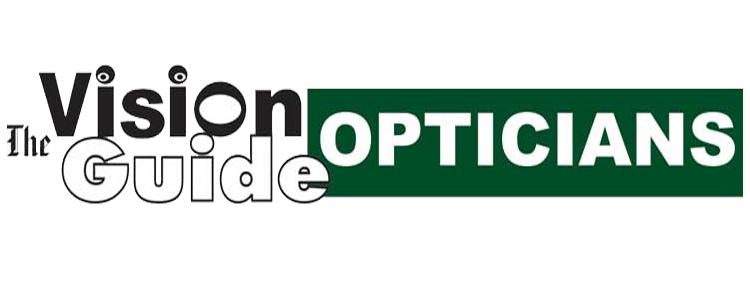Glaucoma Assessment.
- Home
- Services
- Eye Investigation
- Diagnostic Tests
- Glaucoma Assessment.
Glaucoma Assessment
Glaucoma is one of the most common causes of vision loss in persons over 50. Glaucoma can damage the optic nerve, which connects your eye to your brain. It is normally painless and has no symptoms until it has progressed very far. It is impossible to regain vision once it has been lost. As a result, it’s critical to undergo frequent eye exams that screen for glaucoma early on. The vast majority of people can keep their useable vision for the rest of their lives with early diagnosis, careful monitoring, and frequent treatment.
Risk Factors Includes:
- African-American, Irish, Russian, Japanese, Hispanic, Inuit, or Scandinavian ancestors are all represented.
- Over the age of 40
- Glaucoma runs in the family
- Seeing problems
- Prednisone and other steroid drugs can cause diabetes.
- Your eye is injured.
- High blood pressure, heart disease, diabetes, or sickle cell anemia are all possible causes of sickle cell anemia.
- High intraocular pressure
- Is it better to be near-sighted or far-sighted?
Having your eyes tested on a regular basis is the only way to find out whether you have glaucoma. A glaucoma exam consists of a battery of tests that allow the disease to be diagnosed and further treatment to be given for disease management.
A glaucoma assessment includes the following tests:
- Refraction
- Visual Field
- CCT
- Pascal
- OCT RNFL & GCL Scan
- Fundus Disc Photography

